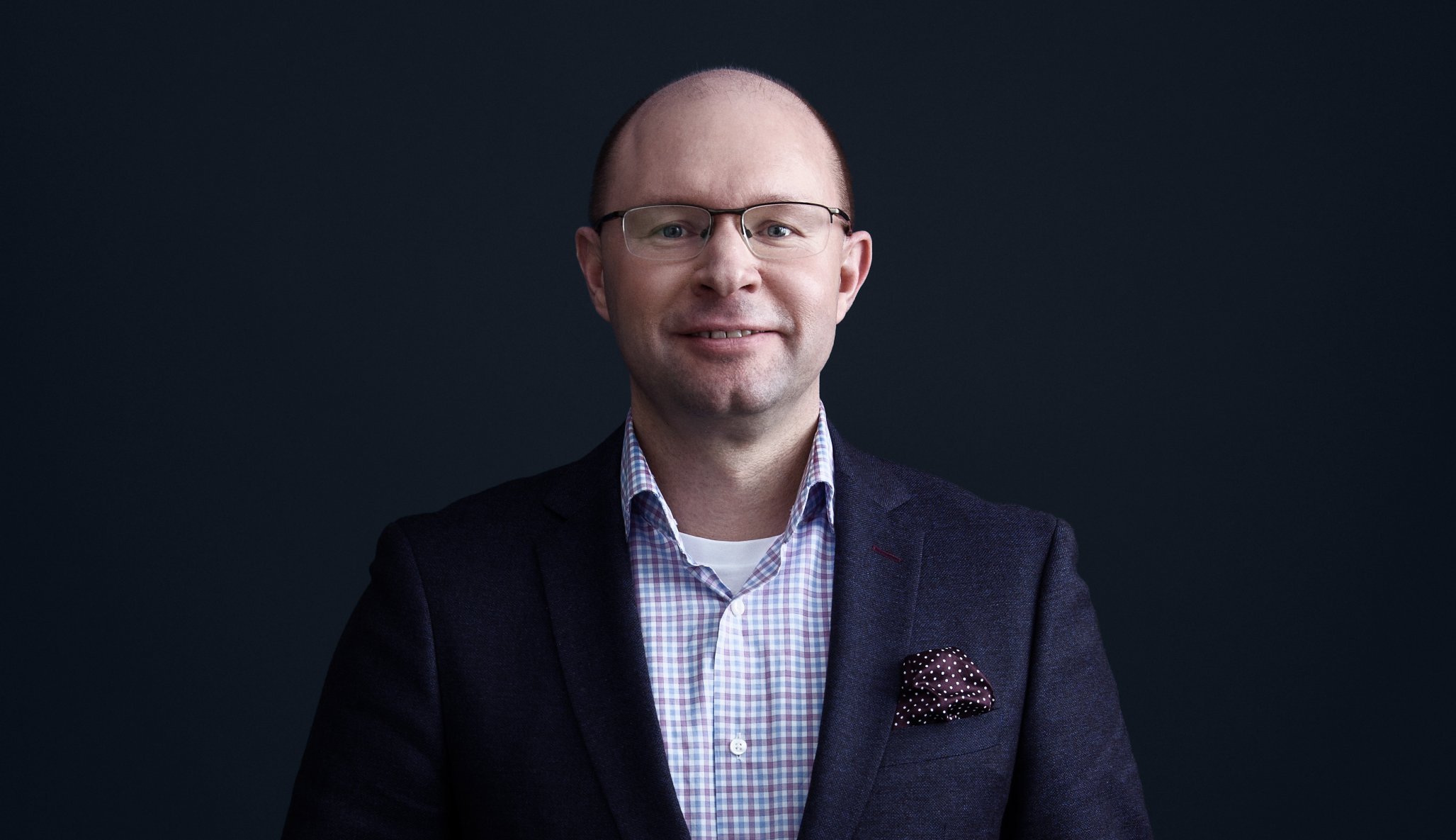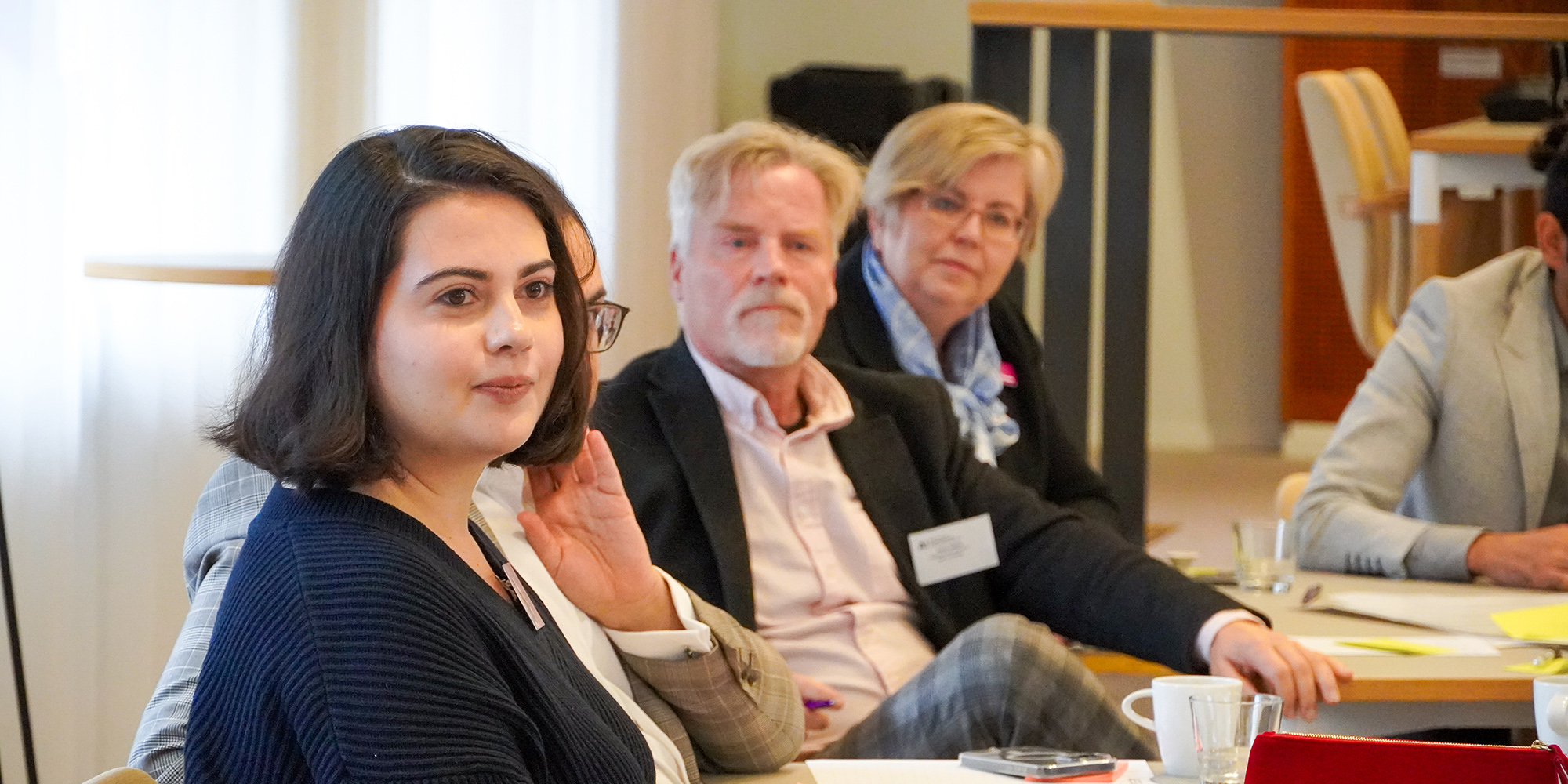Combining two companies—each with a hundred years of history—and their cultures is not an easy matter.
This was the case, however, when YIT and Lemminkäinen merged in early 2018.
“Studies show that only 17% of company mergers are successful. In successful cases, there have been two key findings: How quickly a common corporate culture is found and how successful communication is regarding the progress of the process and the objectives,” YIT CEO Kari Kauniskangas says.
“When YIT and Lemminkäinen merged, we put a lot of thought and effort into these issues. Other members of the Management Team and myself met with colleagues who had experience in the change of corporate culture and bringing together the cultures of two companies, and we listened to what they had done and where they had succeeded.”
YIT already had experience of a similar situation but in the opposite direction, when it split five years ago from Caverion.
We weren’t afraid of the merger. We knew what to do and what steps to take.”
“It taught us a great deal. We weren’t afraid of the merger. We knew what to do and what steps to take,” Kauniskangas says.
“We were also prepared to work hard. At the time of Caverion’s creation and YIT’s split, ten people suffered burnout and many others ran out of steam. This time, we were putting people on holiday at the right moment. We were awake.
It also meant that other developments had to be deliberately put on the back burner for the duration of the integration and culture change process.”
Together towards a new corporate culture
A tremendous amount of work took place in changing the corporate cultures of YIT and Lemminkäinen and in discovering a common culture. Kauniskangas himself toured 25 different locations in two months—in all the countries and in the major cities where the company does business.
“From the very first day, we were not talking about YIT’s or Lemminkäinen’s values, but instead stressed that the values would be redefined. We were talking about ex-YIT and ex-Lemminkäinen, and a common new YIT,” Kauniskangas says.
According to Kauniskangas, it was important for the success that neither company was seen as superior to the other. The management deliberately took an impartial approach from the outset.
“There are many potential hazards when merging two companies. One relates to the fact that one company is the purchaser and the other is being purchased, and the latter won’t necessarily integrate well with the former. This is why we decided from the outset to create an entirely new corporate culture.”
The steps of the change were carefully scheduled, and an essential part of the process was involving the employees in creating the new corporate culture and values. The events organized for this purpose were attended by individuals from all levels of the organization in all countries—almost 2,000 out of 10,000 employees.
We stressed that the values would be redefined. We were talking about ex-YIT and ex-Lemminkäinen, and a common new YIT.”
“We asked people what they thought was good in the old corporate culture and what were the things that they valued; in other words, what binds people to the company and what should be changed. We also wanted people to be aware of the importance of their own activities and behavior in the creation of a corporate culture. A lot of legwork was involved, and this was very important,” Kauniskangas says.
Communication was emphasized in many different ways. Especially beneficial in Kauniskangas’ opinion were Skype conferences conducted every couple of weeks, involving the Managers of all the business units.
“We began these at around the three month mark. In hindsight, we should have started this right on the first day. It was the best way to keep yourself up to date on topical issues in the business units and to keep the units informed on the stages of the change process,” Kauniskangas says.
The change was also monitored with Spirit Feedbacks, which showed how the change progressed in relation to the mood in the staff.
“We noticed that every time the change involved a new staff level, a dip was seen in the curve. We always analyzed these and tried to do something about it. The last few dips took place at the very end of the change process,” Kauniskangas says.
Managers and Management Team setting an example
In the corporate culture change process, the new YIT was assigned its own values and management principles.
Of key importance in the process was that staff were strongly involved in the planning, but it was also important to bring attention to the activities through the example set by the Managers and Supervisors.
“The Managers and the Management Team need to set an example on how to listen to people and how to deal with issues, for example. In the course of the process, there was one case of a violation of the rules. The case was properly addressed and eventually led to dismissal. It was great that people raised the issue,” Kauniskangas says.
The Managers and the Management Team need to set an example on how to listen to people and deal with issues."
Setting an example personally and acting as a unified team were among the items included in the management principles, and when choosing the right persons, the intention was to select people from both companies who were a good fit with the new values and management principles.
There was always Executive Vice President, Human Resources and one or two EVPs from different segments accompanying Kauniskangas when he was visiting the various locations.
“If the CEO is not visible, the chances of success are small,” Kauniskangas notes.
It’s now a year since the merger, and the feedback from the field has been positive. People have noticed that the issues which were covered and raised in the workshops and events have been acted upon—in other words, their voice has been heard. Staff turnover has also been lower than the ceiling set in the target indicators. This in itself indicates success.
Kauniskangas points out, however, that although the planned process of cultural change was carried out in less than a year, the work continues.
“The final cultural change will take many years,” Kauniskangas says.
Aalto EE's Advanced Management programs are designed for senior executives with extensive managerial and leadership experience. The Mergers and Acquisitions program gives you a structured understanding of the M&A process.





















